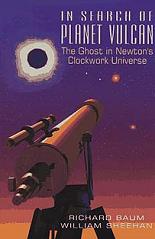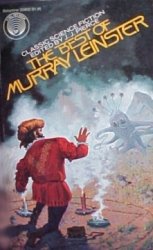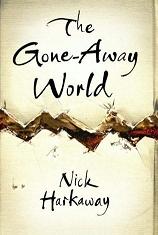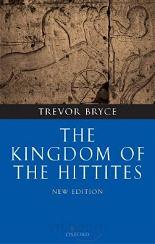
In Search of Planet Vulcan
Richard Baum & William Sheehan
310 pages including index
published in 1997
The classic idea of the universe was that it was geocentric: the Earth in the centre, with the planets, moon and the sun circling around it and the fixed stars as background. Over the centuries that central idea had to be modified with increasingly complex epicycles as the theory had to be adjusted to observational evidence. It was only in the sixteenth century that Copernicus, Kepler and Bruno challenged this Ptolemaic model and replaced it with the truth: that all the planets, including Earth revolved around the Sun. Copernicus was the first to propose this, Bruno would die at the stake for his advocacy but it was Kepler who figured out how the planets revolved and what governed their orbits. more than half a century later Isaac Newton formulated his laws of gravity, joining Kepler’s laws with more mundane events on Earth, finally providing a complete model of the workings of the Solar System. From then on, any planetary orbit could be calculated with the right observations and the use of Kepler’s and Newton’s laws.
except for one. The orbit of Mercury remained, as the subtitle of Baum and Sheehan’s book has it, “the ghost in Newton’s clockwork universe”. Time and again, no matter how carefully the observations were made and how intricate the calculations were, the two just would not line up. Even the best astronomers in the world, with the best observations could not make Mercury’s orbit confirm to what it should be according to Newtonian physics. It wasn’t until Einstein reformulated the laws of gravity that the reason why became clear. Newton’s laws break down near massive objects like the Sun and although “good enough” for most situations, Mercury’s orbit was just too close to the Sun and Newtonian physics just wasn’t accurate enough. Of course, until Einstein found the real answer, astronomers sought for other explenations for Mercury’s wrong orbit — and the most likely candidate was an undiscovered planet even closer to the Sun: Vulcan.



